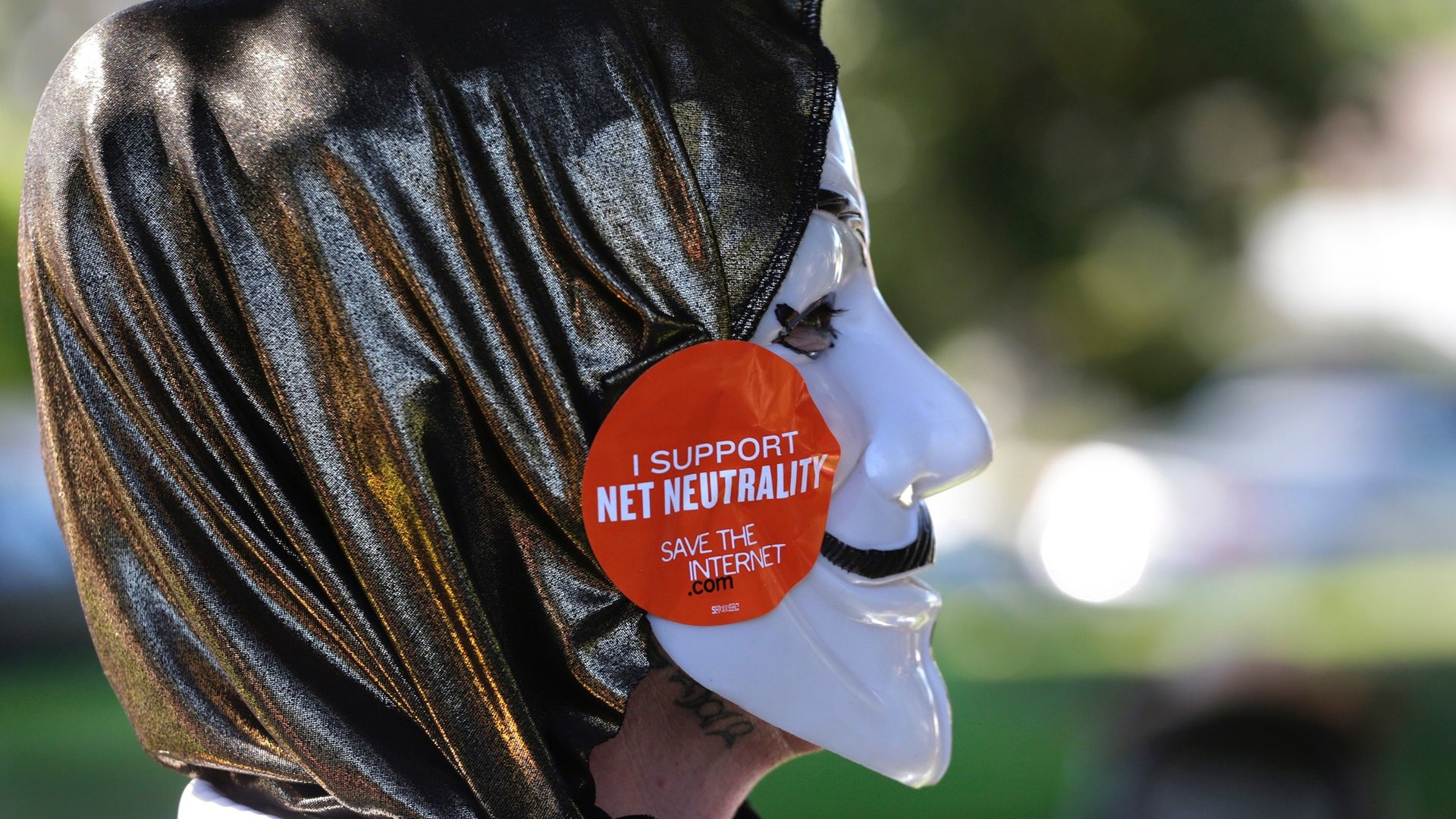See how passionate your congressional district is about net neutrality
The US Federal Communications Commission asked American to comment on net neutrality last year. Twenty-two million people responded. What people actually said hasn’t been entirely clear.


The US Federal Communications Commission asked American to comment on net neutrality last year. Twenty-two million people responded. What people actually said hasn’t been entirely clear.
Stanford University’s Center for Internet and Society (CIS) decided to parse the millions of comments (pdf) submitted to the FCC, a public comment process allegedly plagued by fraud. The names of dead people have regularly turned up among commenters, and the New York attorney’s general office estimates 9.5 million net neutrality comments used stolen identities (the New York AG didn’t reveal what position the fraudulent comments were supporting.) The FCC refused to aid investigations into the matter.
To focus on submissions it could be confident came from individuals, not bots or fraudulent campaigns, CIS identified 800,000 comments it calls “semantic outliers.” These comments with unique wording gave CIS a clearer view into the public response. Although many pre-generated and form-letter campaigns were legitimate, the prevalence of fraudulent submissions prevented effective filtering of fake comments. Of the likely human comments, 646,041 were then identified as coming from specific House congressional districts.
How did Americans comment? The number of submissions was roughly equal in Congressional districts that leaned Democratic and Republican, reflecting bipartisan interest on the issue. Republican districts submitted 1,202 comments on average, nearly as many as the 1,489 comments Democratic districts submitted. Quartz’s interactive map below shows just how many were submitted in every congressional district in the US. Pass your cursor over each district to see the number of comments in each.
To see how comments were distributed politically, Quartz analyzed the vote tally for every district, and its political leaning. While most districts submitted a comparable number of comments, a few left-leaning urban districts with higher populations accounted for the most comments per district: the San Francisco Bay Area, Seattle, Portland, Los Angeles, New York City, Denver, and Minneapolis led the pack.
Most of the commenters across the country analyzed in this study opposed the repeal. A manual analysis by CIS of a sub-sample of 1,000 comments shows 99.7% of comments were against the FCC’s move. That’s directionally in line with public polling on the issue. Since the FCC’s repeal of the rules last December, support for net neutrality among voters has jumped from 49% to 60%.
The public has grown fond of Obama-era protections under the 2015 Open Internet Order officially repealed on June 11. The measures were designed to keep the internet a level playing field by preventing companies from charging additional fees for faster internet access or blocking content. Instead, the FCC’s new Restoring Internet Freedom Order gives the industry a choice to adopt voluntary guidelines. Internet service providers (ISPs) are still pledging to uphold net neutrality principles, according to the US Telecom trade association, although their precise definition keeps changing and companies like Comcast are suing states like California for passing net neutrality laws (nearly half of states now have such laws).
Will any of this matter in the mid-term elections? Net neutrality has become a political issue. Young voters, in particular, are fired up. A survey of 1,990 registered voters across the country this May found 49% of voters under the age of 30 were using net neutrality to help decide whom to vote for in the November midterm. Stay tuned.